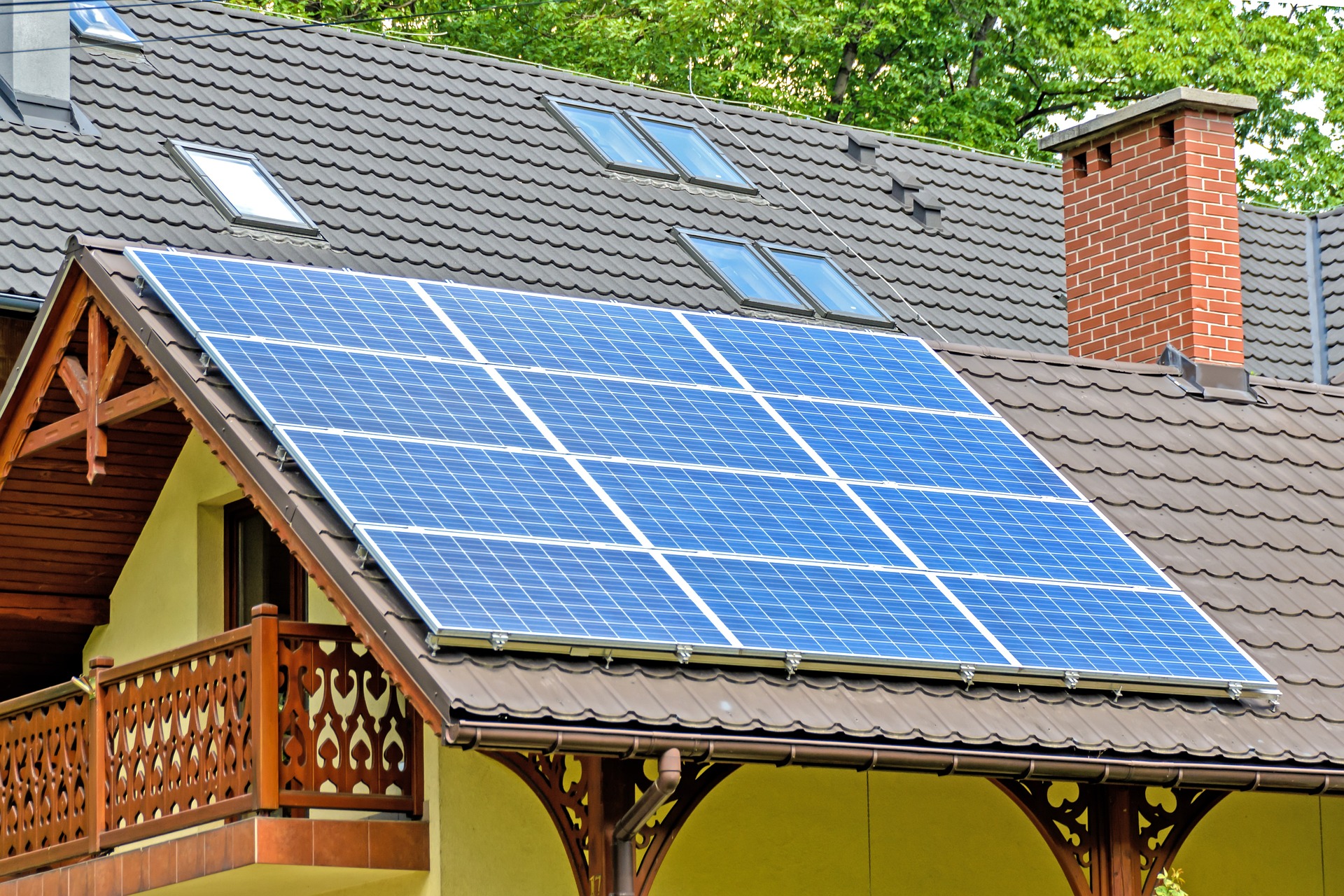Canadian Prefab Homes: A Comprehensive Guide to Eco-Friendly Living
Prefabricated homes, also known as prefab homes, have been gaining popularity in Canada due to their efficiency, affordability, and eco-friendly nature. These innovative housing solutions offer a modern approach to homeownership, combining cutting-edge design with sustainable construction practices. In this article, we'll explore the world of Canadian prefab homes, discussing what they are, how to build them, and their environmental benefits.

What are Canadian prefab homes?
Canadian prefab homes are residential structures that are manufactured off-site in a factory setting and then transported to the building site for assembly. Unlike traditional stick-built homes, prefab houses are constructed in controlled environments, which allows for greater precision, reduced waste, and faster completion times. These homes come in various styles, from modern modular designs to classic panelized structures, catering to diverse aesthetic preferences and functional needs.
Prefab homes in Canada are built to meet or exceed local building codes and standards, ensuring they are just as durable and safe as conventionally constructed houses. They often incorporate advanced insulation techniques and energy-efficient systems, making them well-suited for Canada’s varied climate conditions. The prefabrication process also allows for quality control measures that can be more challenging to implement in on-site construction.
How to build Canadian prefab homes
The process of building a Canadian prefab home involves several key steps:
-
Design selection: Choose from a range of pre-designed models or work with a prefab home manufacturer to create a custom design that suits your needs and preferences.
-
Site preparation: While the home components are being manufactured off-site, prepare the building location by laying the foundation and ensuring utility connections are in place.
-
Factory construction: The home’s components, including walls, floors, and roof sections, are built in a controlled factory environment using precise measurements and high-quality materials.
-
Transportation: Once completed, the prefabricated components are transported to the building site using specialized equipment.
-
On-site assembly: Skilled crews assemble the components on the prepared foundation, typically completing the process in a matter of days or weeks, depending on the home’s size and complexity.
-
Finishing touches: After assembly, final connections, interior finishes, and exterior details are completed to make the home move-in ready.
This streamlined process not only reduces construction time but also minimizes the impact on the surrounding environment and neighborhood. It’s important to work with reputable Canadian prefab home manufacturers who have experience navigating local regulations and building codes to ensure a smooth construction process.
Are Canadian prefab homes eco-friendly?
Canadian prefab homes are indeed known for their eco-friendly characteristics, making them an attractive option for environmentally conscious homeowners. Several factors contribute to their sustainability:
-
Reduced waste: The controlled factory environment allows for precise material calculations and efficient use of resources, significantly reducing construction waste compared to traditional building methods.
-
Energy efficiency: Prefab homes often incorporate advanced insulation techniques and high-performance windows, resulting in better energy conservation and lower utility costs.
-
Sustainable materials: Many prefab home manufacturers in Canada prioritize the use of sustainable, locally sourced materials, further reducing the environmental impact.
-
Smaller carbon footprint: The streamlined construction process and reduced on-site build time translate to fewer vehicle trips and less overall energy consumption during the building phase.
-
Durability: The controlled manufacturing environment often leads to higher-quality construction, potentially increasing the longevity of the home and reducing the need for frequent repairs or replacements.
-
Adaptability: Some prefab homes are designed with modular components, allowing for easier future modifications or expansions without significant demolition or waste.
| Provider | Type of Prefab Homes | Key Features | Estimated Price Range (CAD) |
|---|---|---|---|
| Nexterra | Modular | Net-zero energy designs, high-efficiency systems | $200,000 - $500,000+ |
| Bone Structure | Steel frame system | Customizable, open-concept designs | $300,000 - $1,000,000+ |
| Karoleena | Luxury modular | High-end finishes, energy-efficient | $400,000 - $1,500,000+ |
| Alouette Homes | Panelized | Affordable, quick assembly | $150,000 - $400,000+ |
| Horizon North | Modular and prefab | Commercial and residential options | $200,000 - $800,000+ |
Prices, rates, or cost estimates mentioned in this article are based on the latest available information but may change over time. Independent research is advised before making financial decisions.
While Canadian prefab homes offer numerous environmental benefits, it’s important to note that the overall eco-friendliness of a home also depends on factors such as the homeowner’s lifestyle, energy consumption habits, and the specific sustainable features incorporated into the design. However, the inherent characteristics of prefab construction provide a solid foundation for creating environmentally responsible housing solutions across Canada.
In conclusion, Canadian prefab homes represent an innovative and sustainable approach to residential construction. They offer a blend of efficiency, customization, and eco-friendliness that aligns well with modern homeowners’ needs and environmental concerns. As the demand for sustainable housing continues to grow, prefab homes are likely to play an increasingly important role in shaping the future of Canada’s residential landscape.




